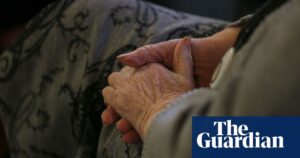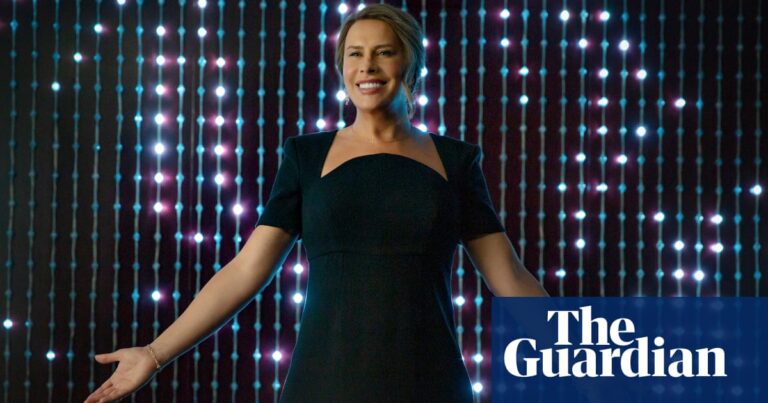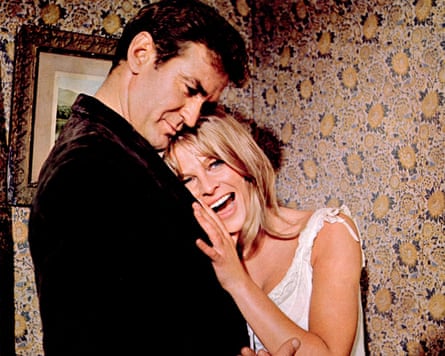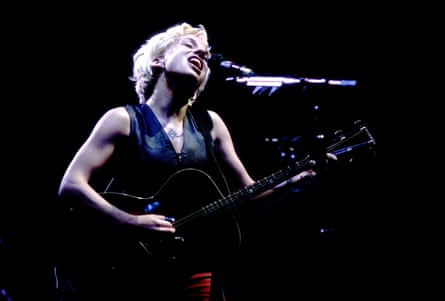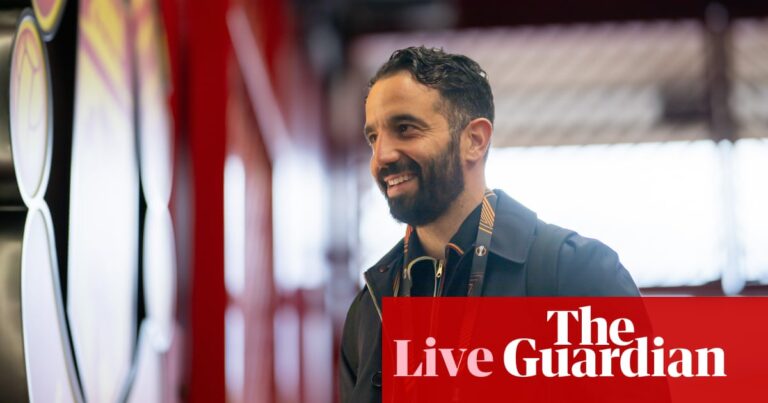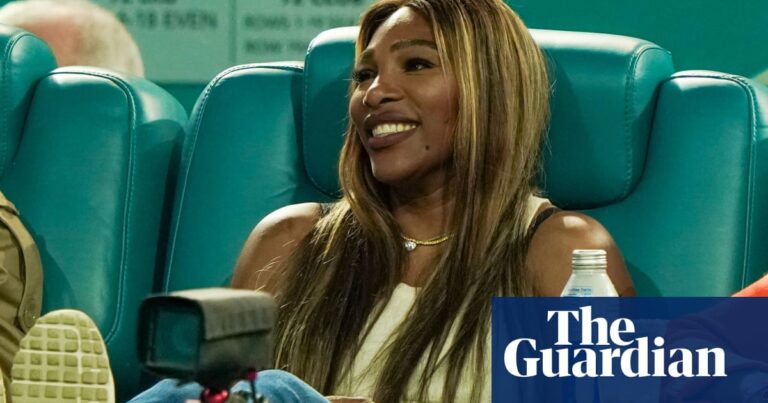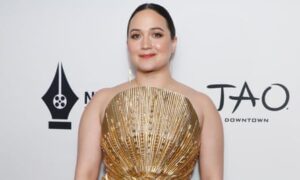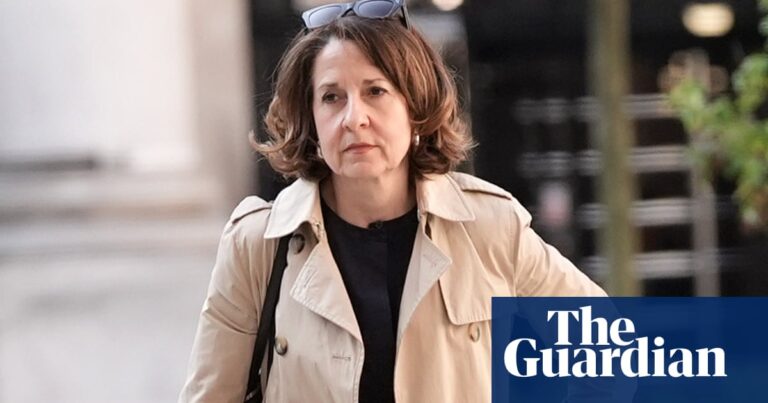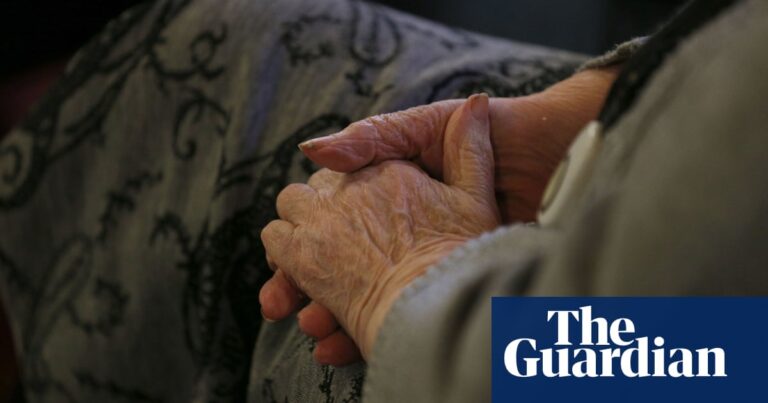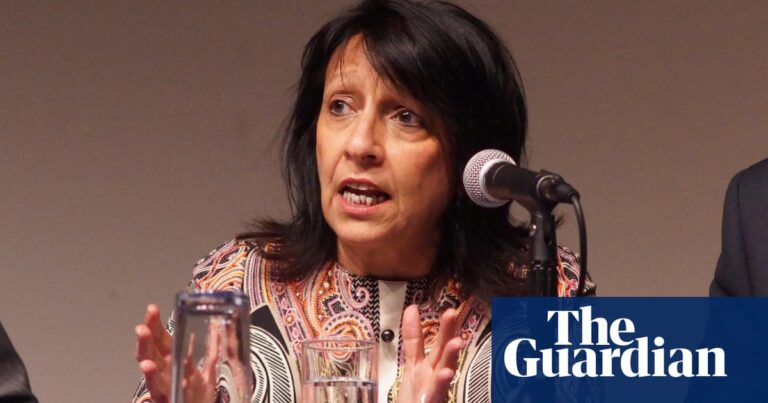The film has received praise for its unique depiction of a court case, examining the dynamics of a couple’s relationship following a man’s fatal fall from the highest level of an Alpine cabin.
The critically acclaimed French film, Anatomy of a Fall, will be competing at the Golden Globes this weekend after receiving numerous accolades at the European film awards. It is just one example of the resurgence of French auteur films that are redefining the courtroom drama genre.
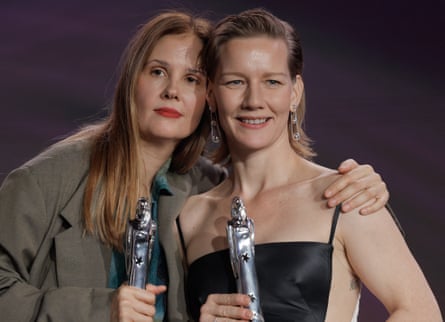
First, Saint Omer, a haunting masterpiece by the acclaimed film-maker and documentarian Alice Diop, took the top prizes at the Venice film festival for its fictional retelling of the 2016 trial of a Senegalese student accused of infanticide on the northern French coast. Then Justine Triet’s Anatomy of a Fall won the Cannes Palme d’Or. Finally, The Goldman Case, a reconstruction of a 1970s French trial of the leftwing activist Pierre Goldman, became a critical hit.
According to lawyers and critics, independent filmmakers are using their work to challenge and transform the traditional courtroom drama genre in order to examine social issues in French culture, including issues of gender, race, prejudice, motherhood, and relationships.
Wilfried Jude, co-director of Atmosphères 53, expressed that in France, there is a strong interest in matters of law and justice. He is involved in the Festival du Film Judiciaire in Laval, a festival dedicated to films about legal issues that has gained popularity. The festival aims to showcase how a trial, or a film about a trial, can represent the current state of society.
Since Georges Méliès’s 1899 silent film about the Dreyfus affair, French media has had a fascination with courts, investigations, and legal disputes. Various unresolved crimes, acquittals, and accusations of miscarriages of justice have been dramatized and retold, including the child abuse scandal in Outreau, the unsolved murder of “little Grégory” in the 1980s, and the case of Omar Raddad, a Moroccan gardener accused of killing a wealthy socialite on the French Riviera in 1991.
The latest wave of independent films is challenging the traditional courtroom genre by exploring different viewpoints and leaving certain matters unresolved.
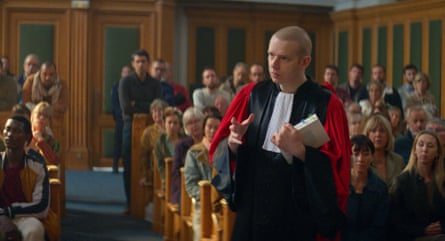
In her work, Anatomy of a Fall, Triet effectively captures the tumultuous nature of a relationship. The court proceedings are depicted in an unconventional manner, utilizing breaks, flashbacks, and without a perspective from a higher power. In an interview with the Huffington Post France, Triet explained, “I am drawn to the legal system because it is where we attempt to make sense of and bring order to the chaos of our lives.”
Diop utilizes authentic court records in Saint Omer to create a fictionalized retelling of the trial of a college student who abandoned her 15-month-old child on a Calais beach at night during high tide. Filmed in the actual location of the trial, the movie delves into the societal expectations and attitudes towards motherhood for both genders. The viewers are intentionally left to contemplate their own perspective.
Diop shared with La Voix du Nord that the most admirable aspect of a trial is the opportunity to hear the defendant’s perspective. It allows for a deeper understanding of the intricacies of human behavior and moves beyond the notion of making a judgment.
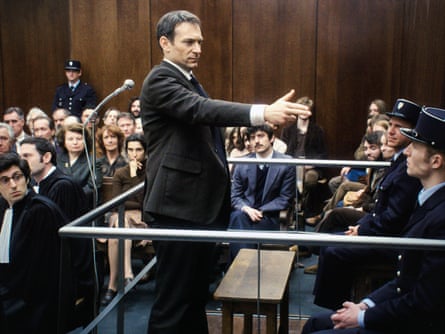
Cédric Kahn was uncertain about modern audiences’ interest in a film about the 1970s trial of Pierre Goldman, a leftwing activist and revolutionary fighter accused of killing two pharmacists during a Paris hold-up in 1969. However, the movie, which primarily takes place in a courtroom, received critical acclaim in 2023.
Skip over the advertisement for the newsletter.
after newsletter promotion
“It’s a movie that explores the concept of justice and the challenges of implementing it,” Kahn stated in an interview with Cin’Ecrans. “It also pays tribute to lawyers.”
Arthur Harari portrays the renowned attorney Georges Kiejman in the movie, while also collaborating on the screenplay for Anatomy of a Fall with his partner, Triet.
According to Michèle Bauer, a lawyer from Bordeaux, there is a strong interest in trials depicted in these films. The captivating factor for viewers lies in the stories and the question of whether the accused individual is truly innocent.
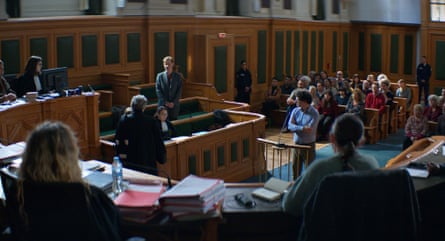
Bauer commented that the intense atmosphere of a courtroom in Anatomy of a Fall, with the defendant struggling on the witness stand, accurately reflected real life. He noted that the defendant appeared overwhelmed and isolated, which is often the case in murder trials where the defendant is put under intense scrutiny and pressure.
According to Nicolas Thévenin, a film expert and the director of Répliques magazine, the recent successful independent films have brought a fresh perspective to storytelling and filming techniques. He emphasized that these filmmakers effectively utilized courtroom settings to address relevant societal issues such as motherhood, race, gender norms, and antisemitism.
“I have noticed a great deal of conflict in France in recent years, including discrepancies, societal divides, and disagreements related to religion, gender, and politics,” he stated. “The courtroom setting may provide an opportunity to move past these conflicts and address varying perspectives.”
Source: theguardian.com





